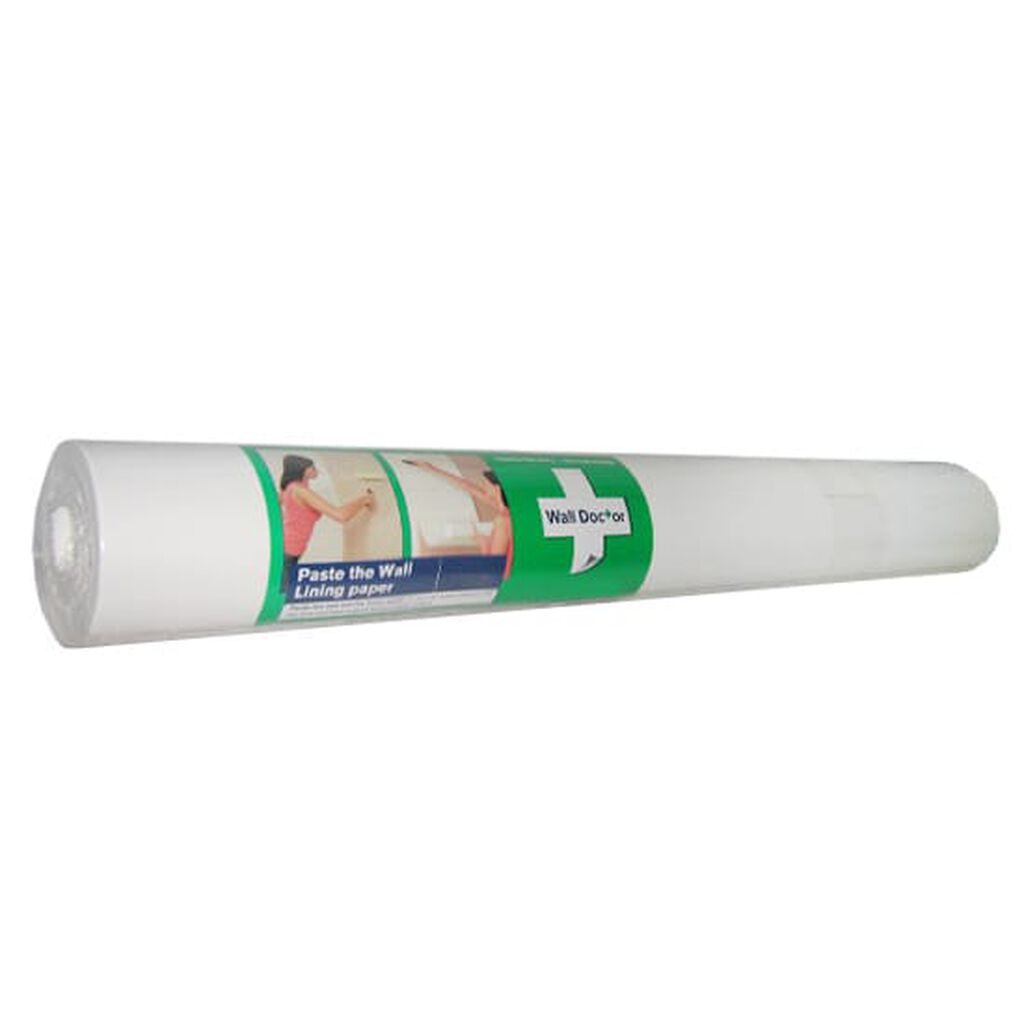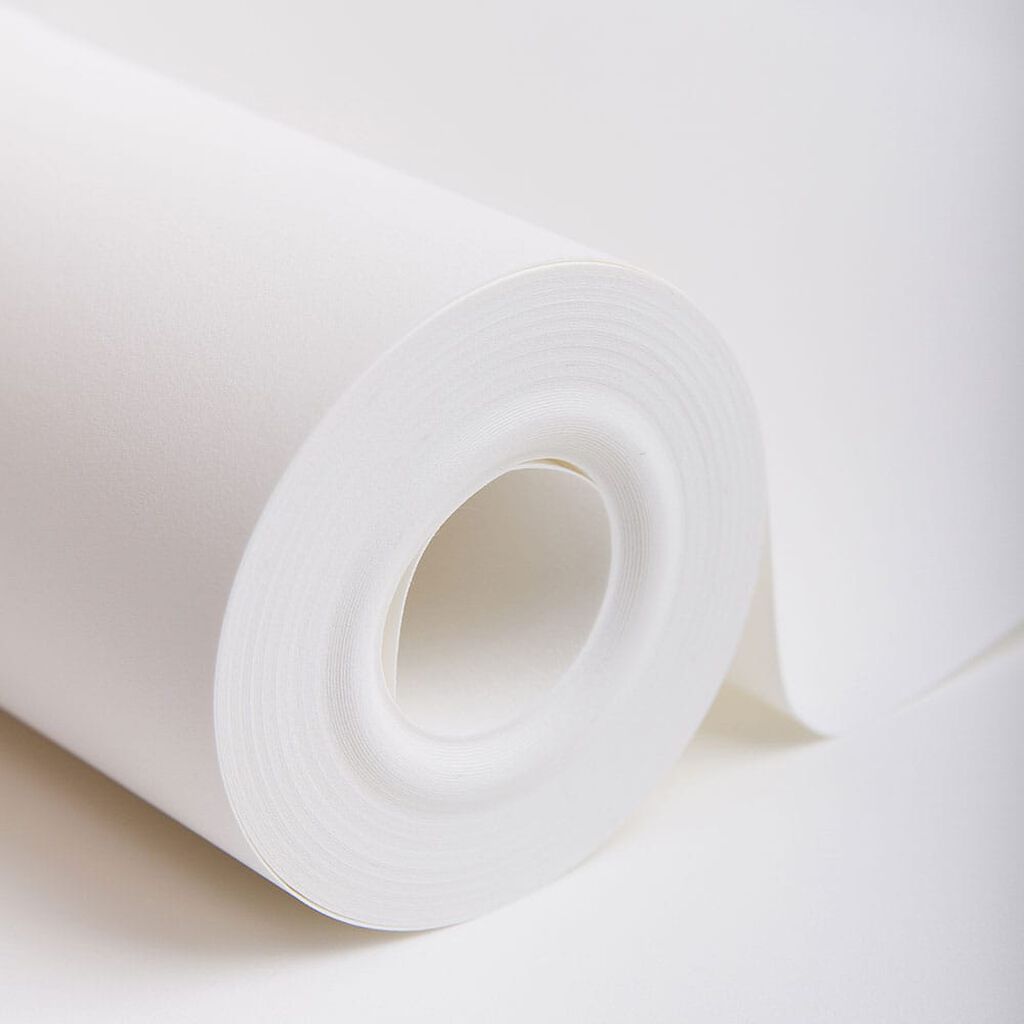Design your next
Dream Room
Sign in or create a Graham & Brown account to add products to your wish list and get started on transforming your space.
Design your next
Dream Room
Sign in or create a Graham & Brown account to add products to your wish list and get started on transforming your space.


SKU: 13199-master
£12.99Per Roll
| Delivery on Samples is FREE and will take 3 working days. | ||
| Standard | 2-3 working days* | £3.95 FREE for all orders over £99** |
| Local Store Pickup | Up to 5 working days | £3.49 CURRENTLY UNAVAILABLE |
| Next Working Day | Order Before 7:30pm | £5.95 |
| Saturday | Order Before 7:30pm | £6.95 |
| *Please allow 2-3 working days for Bespoke Murals and 10-15 working days for Curtains and Blinds. **Delivery on Bespoke Murals, Curtains and Blinds is free. Check the final order dates for Christmas delivery here. | ||
| Returns | 30 day return policy* | FREE UK returns* |
| Need to make a return? Simply visit our portal & enter your order number and email to get started. *Please note that returns are not accepted on samples or sample packs, paint, bespoke murals, curtains or blinds. | ||
How To
Watch our step by step video and guide on how to hang wallpaper here. All our wallpapers are paste the wall to make for easy application and removal.
Read our handy how-to guide